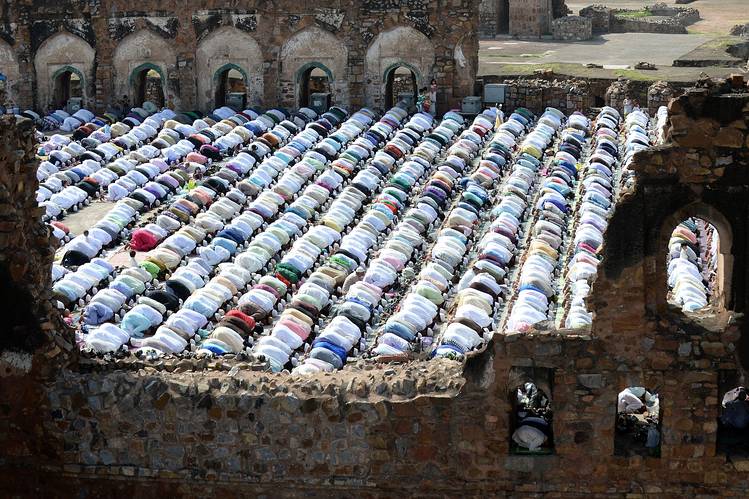26.Jul
With an annual production of 233 billion bricks yearly, India is the second largest brick producer globally after China. The brick kiln industry, which remains unorganised, is spread nationwide, especially in rural areas, employing 10 to 23 million migrant workers.
The brick kiln industry is characterised by its low capital intensity, exploitative conditions, seasonal employment and lack of adequate regulations. However, the industry, spanning 140,000 registered and unregistered brick kilns in rural India or peripheries of cities, is a significant employer of seasonal migrant workers, the second largest after agriculture.
The workforce in these industries, who come from the most underdeveloped areas of the northern Indian states, work under extreme conditions with meagre income, without any healthcare facilities or social security and are caught in a web of debt and modern-day slavery.
Usually, the workers are hired to these industries on paltry advances. The contractors generally hire families -where the children and wife work with the male labourer- to make roughly Rs 1,000 ($13) daily, with a daily target of making 3,000 to 4,000 bricks per family team.
In states like Rajasthan, which saw severe heatwaves this summer with temperatures in some parts touching 50 degrees Celsius, workers have to toil hard for hours without any safety equipment like gloves or masks or proper breaks, leading to dehydration, exhaustion and even deaths due to heat strokes. The high temperatures in the kilns in summer months sometimes exceed the international standard limits for safe work.
The workers are made to wear wooden slippers while working in the kilns as they protect the workers from the radiation coming from the kiln roof and flames. The brick oven burns for hours until the daily targets are met, and the workers have to endure not only harsh temperatures but also emissions from the stove, which runs on coal. In a usual scenario, the workers must work continuously for non-stop hours, clocking in more than 12 hours daily.
The high levels of heat and suspended particulate matter from the kilns make the labourers susceptible to acute health conditions impacting their skin, eyes, respiratory, and locomotor systems. Moreover, these workers often injure themselves to meet their daily targets.
Due to the pollution, which severely harms workers and the surrounding environment, many of these brick kilns in India are encouraged to adopt the less polluting zig-zag technology or use natural gas to fire the chimneys. This technology in brick kilns enhances fuel efficiency and reduces emissions by arranging bricks in a zig-zag pattern, ensuring better heat distribution and combustion. However, despite its environmental benefits, widespread implementation is hindered by high initial investment costs, lack of awareness, and resistance to change among traditional kiln operators in the country. Hence, workers continue to suffer in the highly polluted kilns.
With the Union government announcing 20 million additional houses under the Prime Minister housing scheme in June, the demand for bricks will likely increase, putting the migrant workforce at more significant risk.
Image by Bishnu Sarangi.
Call to Action
India: Human Rights Law Network needs your support!

Images are for reference only.Images and contents gathered automatic from google or 3rd party sources.All rights on the images and contents are with their original owners.



Comments are closed.